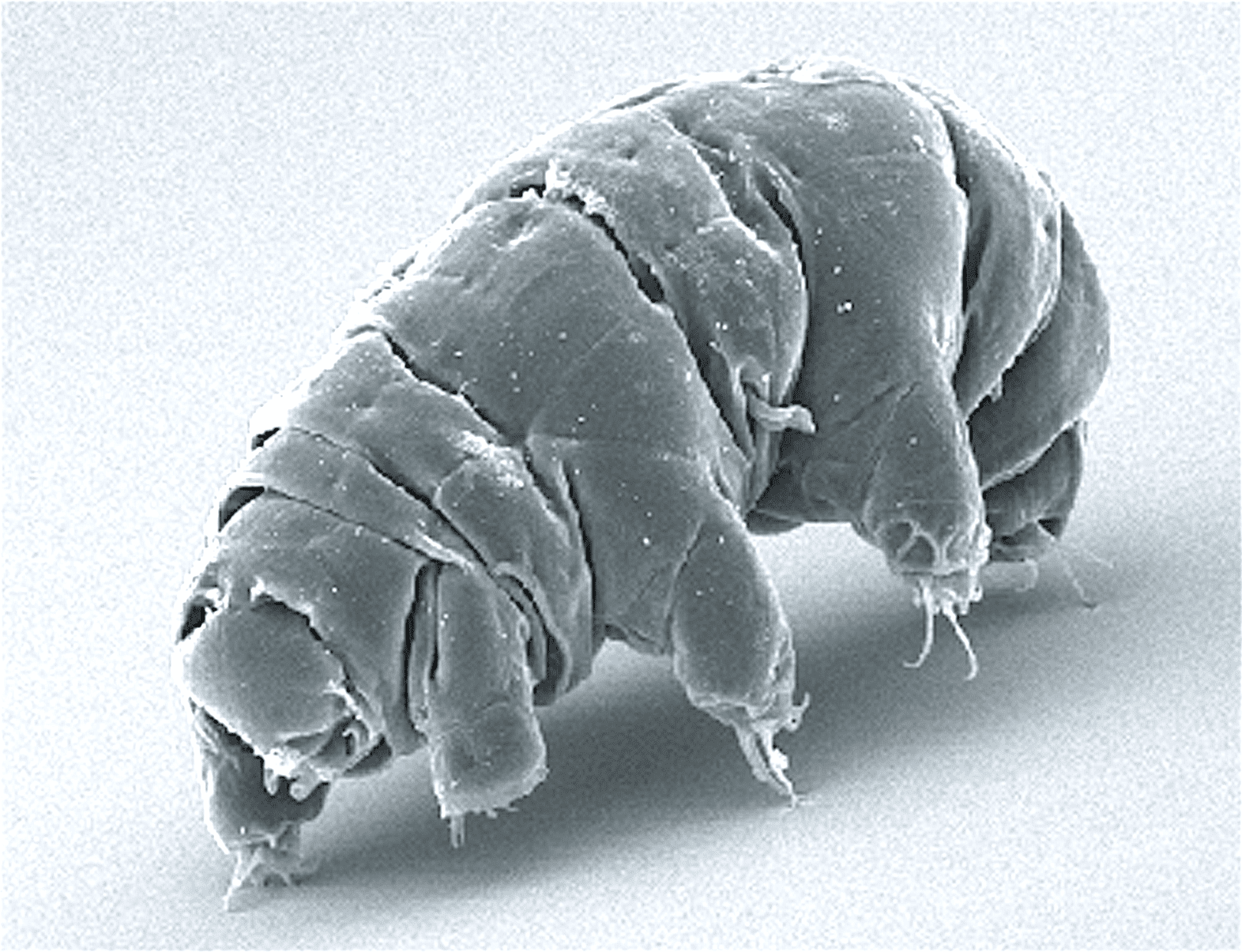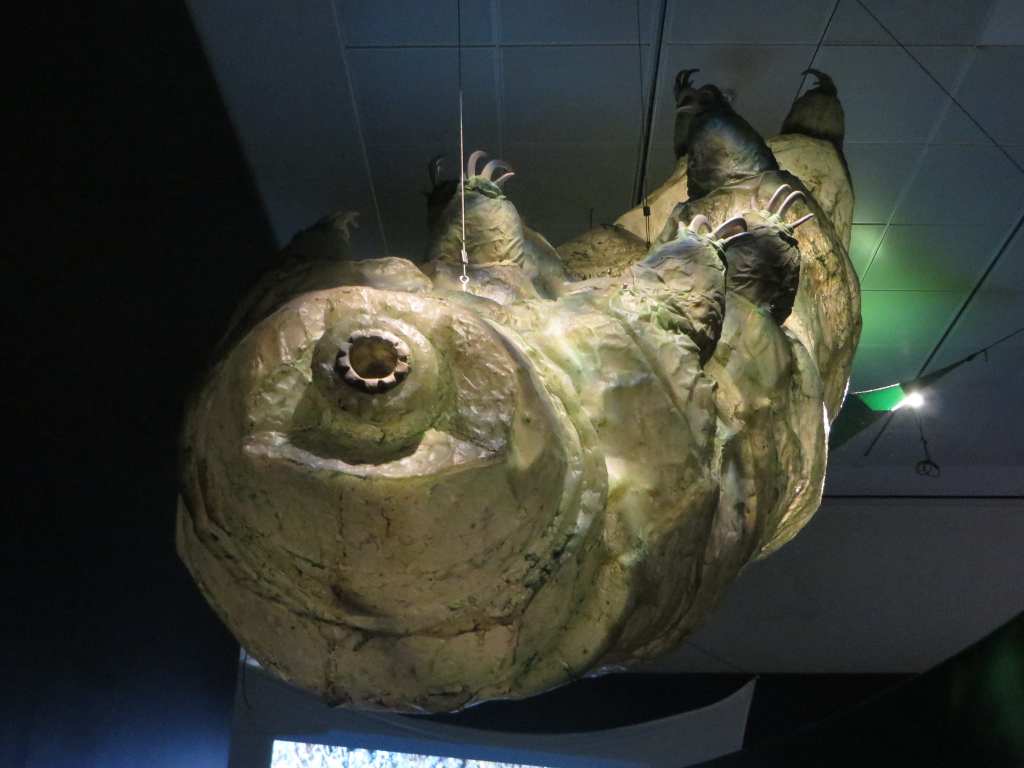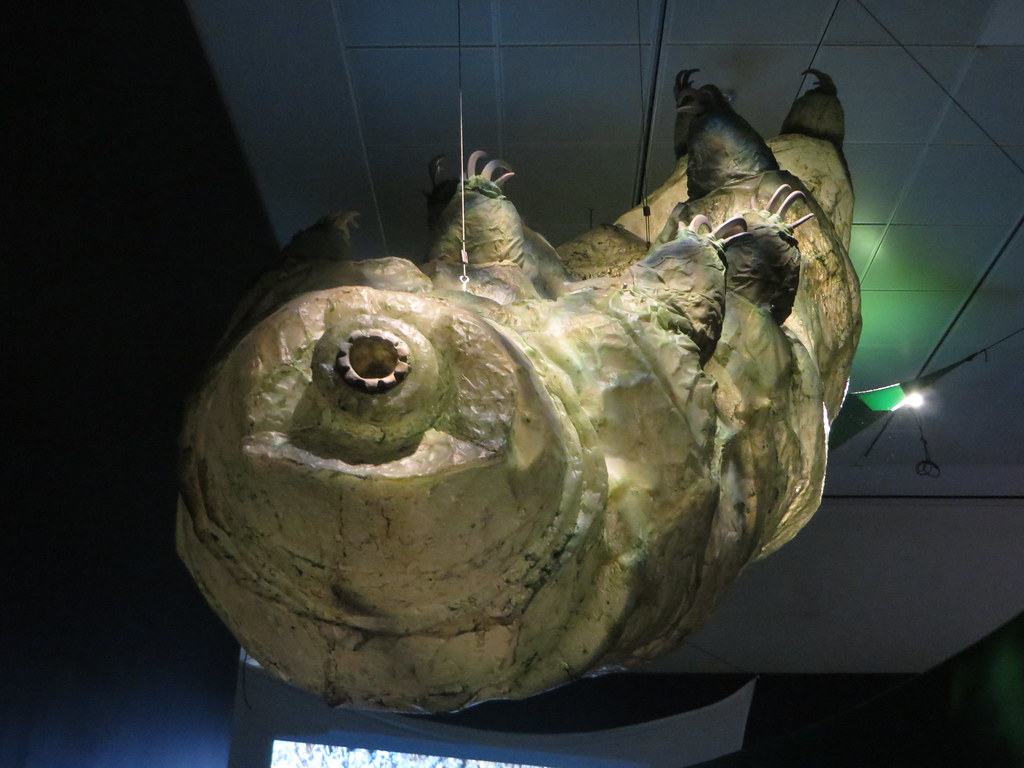Trending Now
Tardigrades are tough little things; they can survive freezing temperatures, being boiled, and even the vacuum of space. They don’t need to drink water or breathe air to stay alive. But scientists seem to have hit on one thing that might be a killer for them–global warming.

Photo Credit: Wikimedia
Ricardo Neves, from the University of Copenhagen in Denmark, led a team of researchers to study how well a species of tardigrade, Ramazzottius varieornatus, could handle different environments.
Neves told Newsweek,
One of the [things] that makes tardigrades so interesting is their extraordinary ability to survive in environments characterized by severe conditions, such as environments without oxygen or water and temperatures close to the absolute zero. Moreover, we were aware of previous studies reporting on their ability to endure high temperatures (up to 151 C) for short exposure times (up to one hour). However, it remained to be seen whether tardigrades could endure exposure to high temperatures for periods exceeding one hour, which we tested in our study.
This particular species of tardigrades can be found in roof gutters where they can easily reproduce and feed in freshwater. When there’s no water and conditions are dry, the R. varieornatus survive by entering a state of suspended animation called cryptobiosis.
When the team examined the creatures under different temperature ranges and time lengths, they discovered that, despite what pop-science websites have touted, tardigrades do have a weakness.
Fifty percent of the tardigrades in an active state died when the temperature was 37.1 C (98.78 F). Given a period to acclimatize, they could survive at 37.6 C (99.68 F). In a state of cryptobiosis, they survived temperatures up to 82.7 C (180.86 F) for one hour. When exposed for 24 hours, they could survive a maximum temperature of 63.1 C (145.58 F).
The record high in Denmark is 36.4 C (97.52 F), which is close to the maximum temperature half of the tardigrades in an active state could survive. This points to a potential struggle for survival as temperatures around the globe rise.

Photo Credit: Pixabay
What was once considered an animal that could literally survive anything is now showing its own vulnerability to climate change. Neves said tardigrades have shown they can acclimatize, but he also wonders how other living beings will cope.
He, and the rest of the world, are going to find out. Like it or not, the Earth is warming and humanity is not doing enough to stop it from happening.







